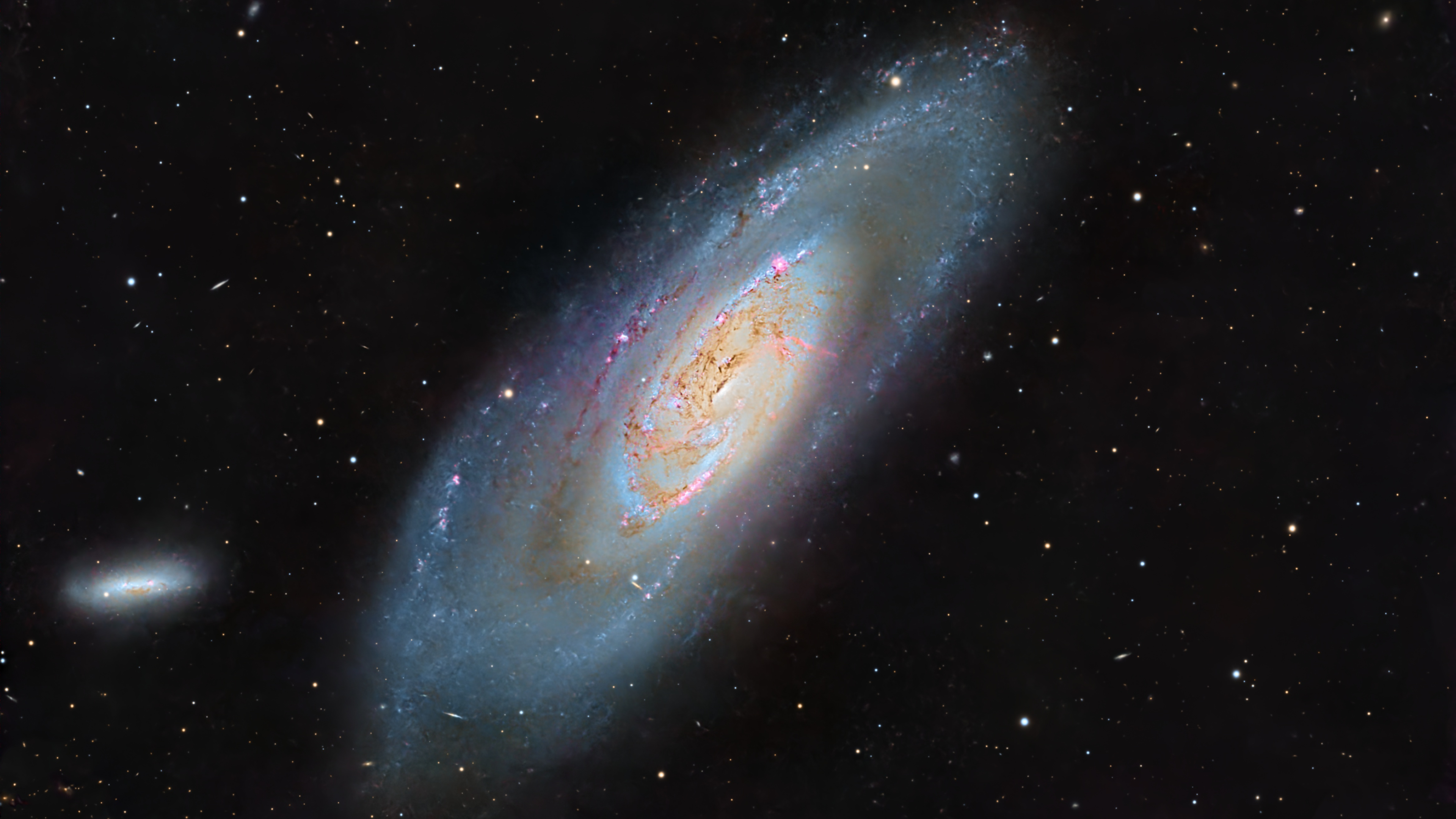Earth's Moon: Formation, Composition and Orbit
Join our Space Forums to keep talking space on the latest missions, night sky and more! And if you have a news tip, correction or comment, let us know at: community@space.com.
Latest about moon phases
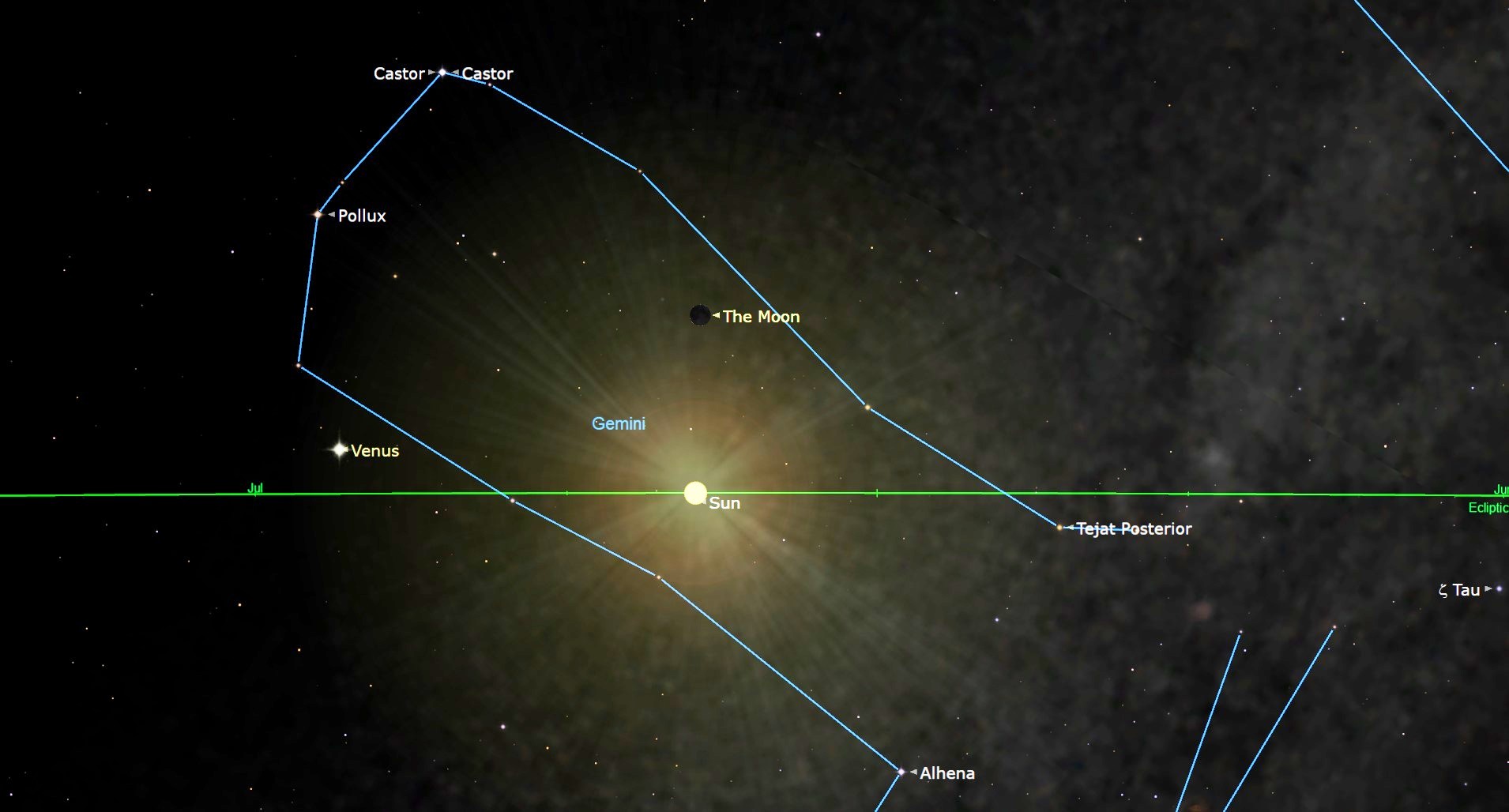
New moon of July 2024: Dark skies tonight as Earth is farthest from the sun today
By Jesse Emspak published
The new moon of July 2024 occurs today as Earth reaches its farthest point from the sun, known as aphelion.
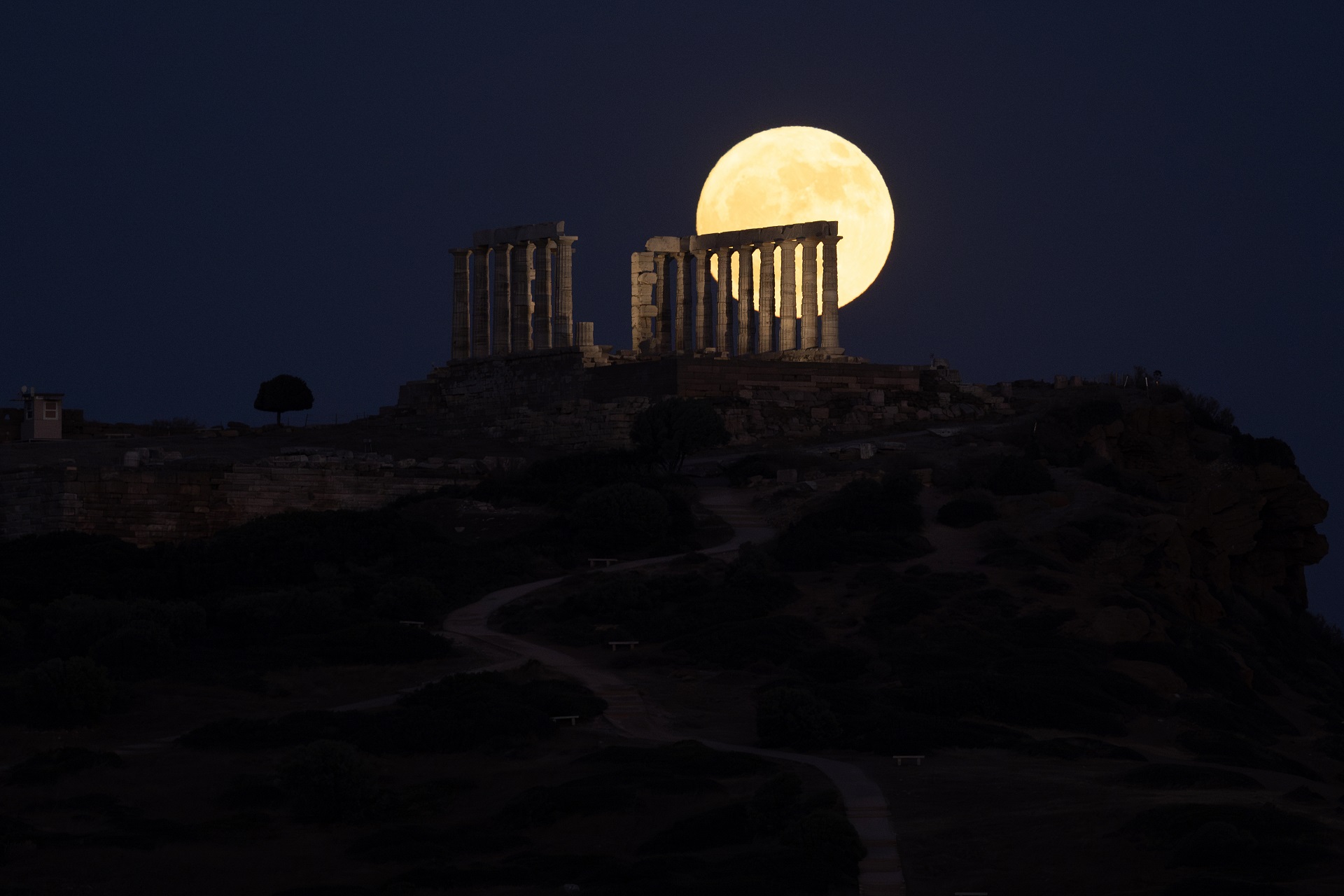
Sweet Strawberry Moon, first full moon of summer, thrills stargazers around the world (photos)
By Josh Dinner, Tariq Malik published
June's Strawberry Full Moon of 2024 delighted skywatcher from across the globe, and was captured in some amazing photos.
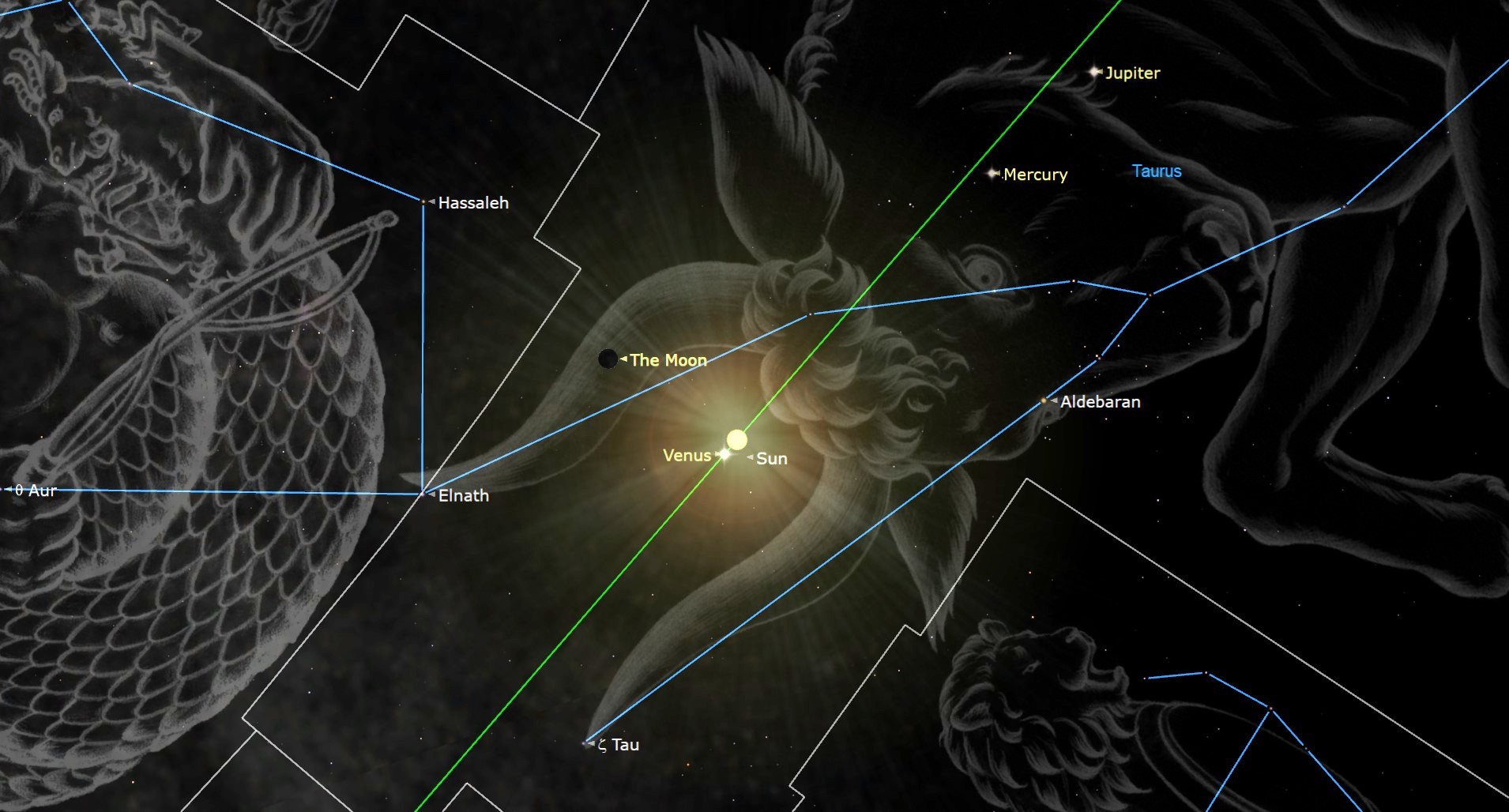
New moon of June 2024 tonight lets Saturn, Mars and Jupiter shine
By Jesse Emspak published
The dark skies of the new moon of June 2024 will allow some of the naked eye planets to stand out late in the night after midnight.
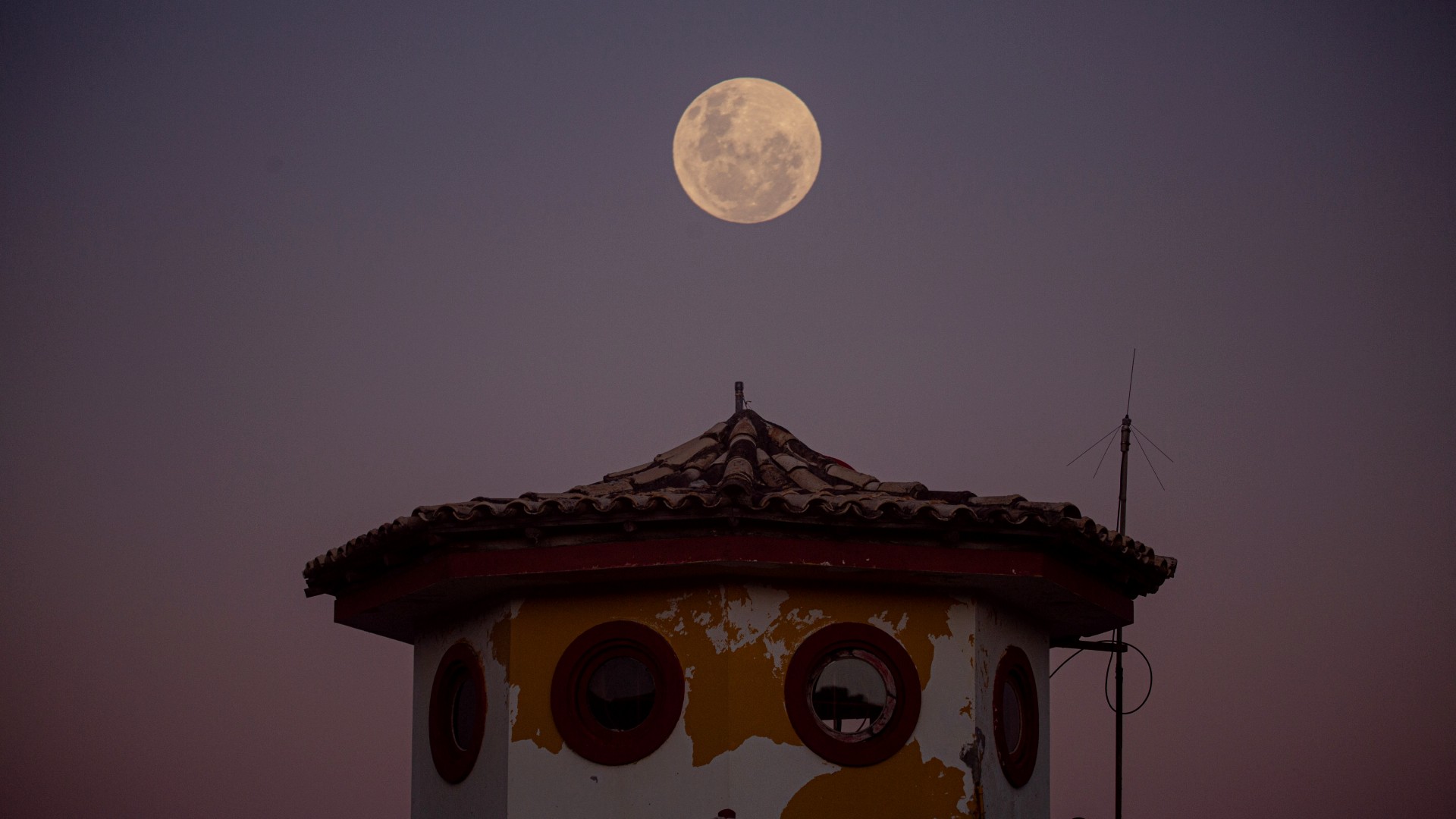
June full moon 2024: The Strawberry Moon follows the solstice
By Jesse Emspak last updated
Reference The Full Strawberry Moon of June 2024 moon will pass in front of – or occult – the red supergiant star Antares the day before the full moon.
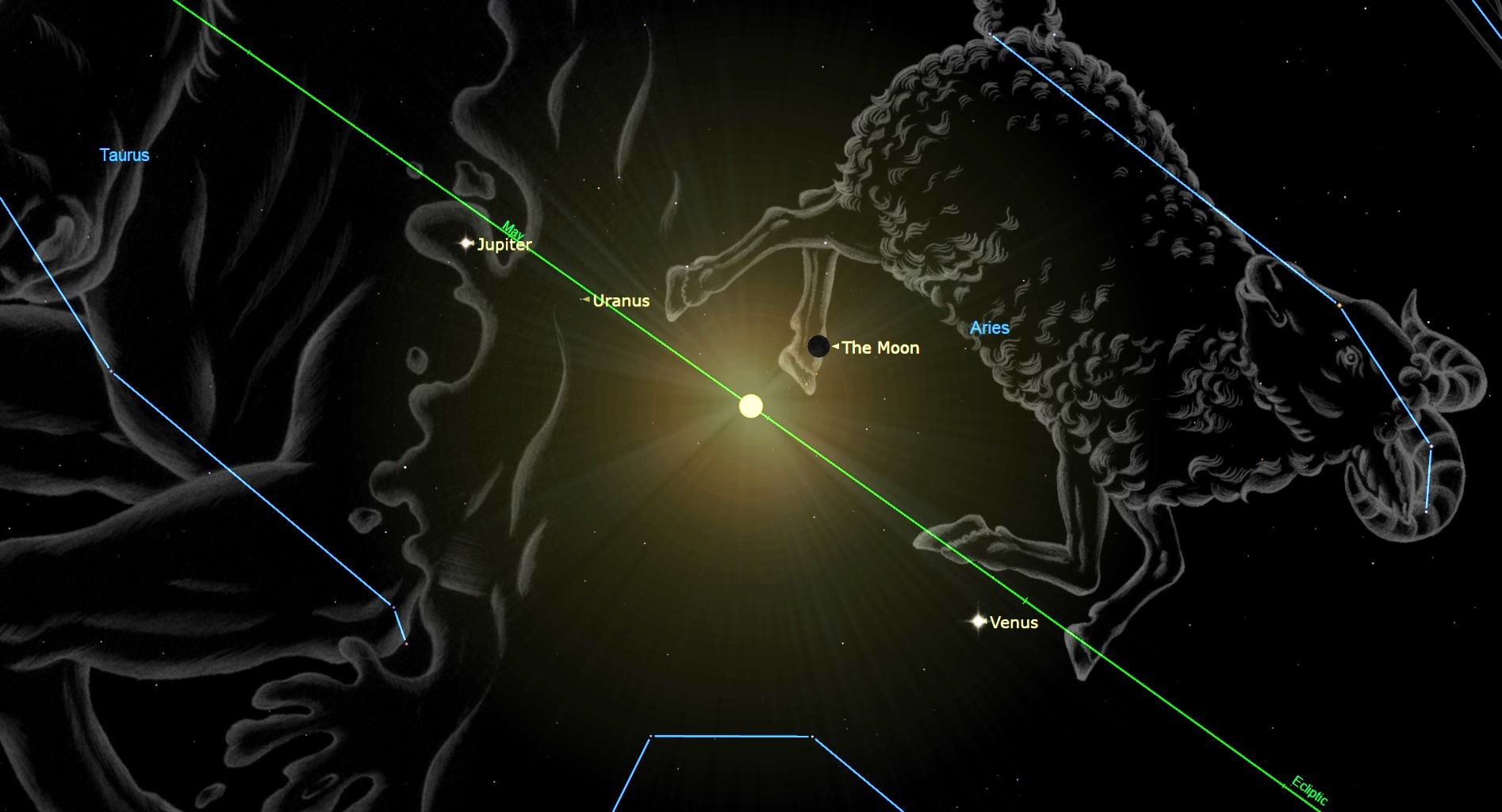
New moon of May 2024 tonight welcomes the stars of summer
By Jesse Emspak published
The new moon of May 2024 will see the bright constellations of summer begin to rise just as those of winter sink below the horizon.
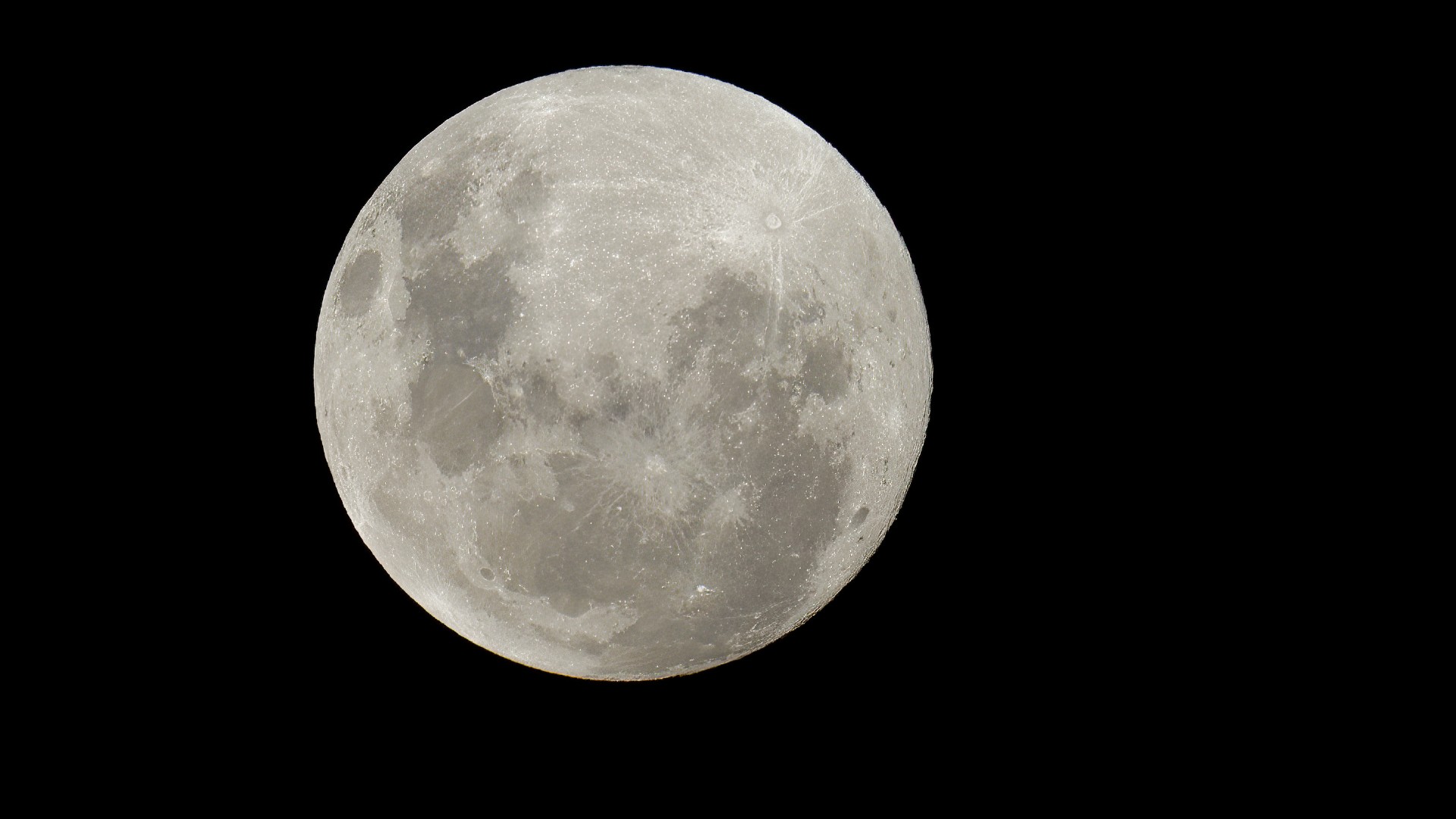
May full moon 2024: The Flower Moon crosses the Scorpion's Heart
By Jesse Emspak last updated
Reference The Full Flower Moon of May 2024 will see the moon pass in front of the red star Antares, the brightest star in Scorpius, the Scorpion.
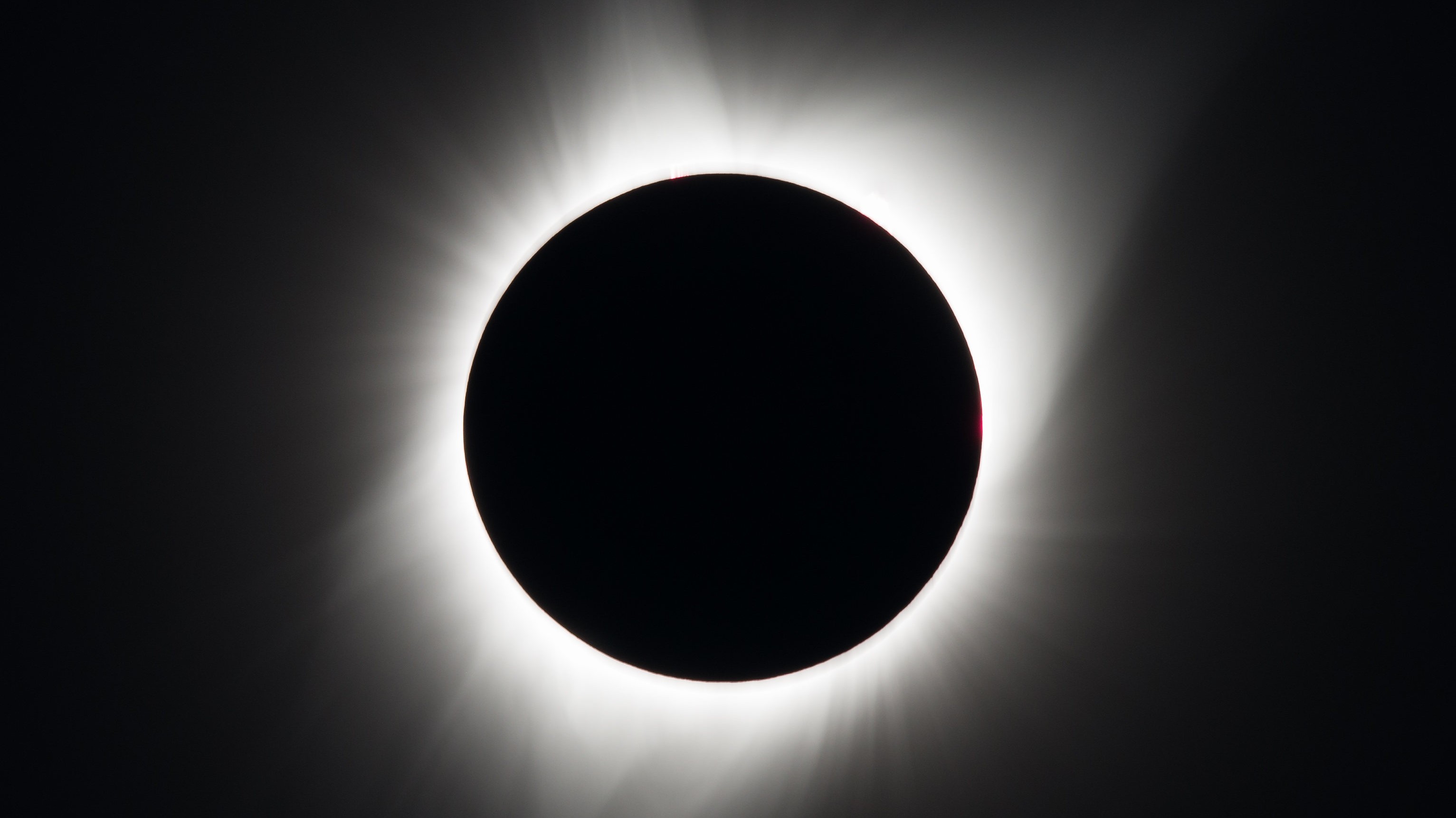
New moon phase on April 8 will bring on the 2024 total solar eclipse
By Jesse Emspak published
This month's new moon, which occurs on April 8, is a special one: It will cause a total solar eclipse, the last such event to grace the contiguous United States for two decades.
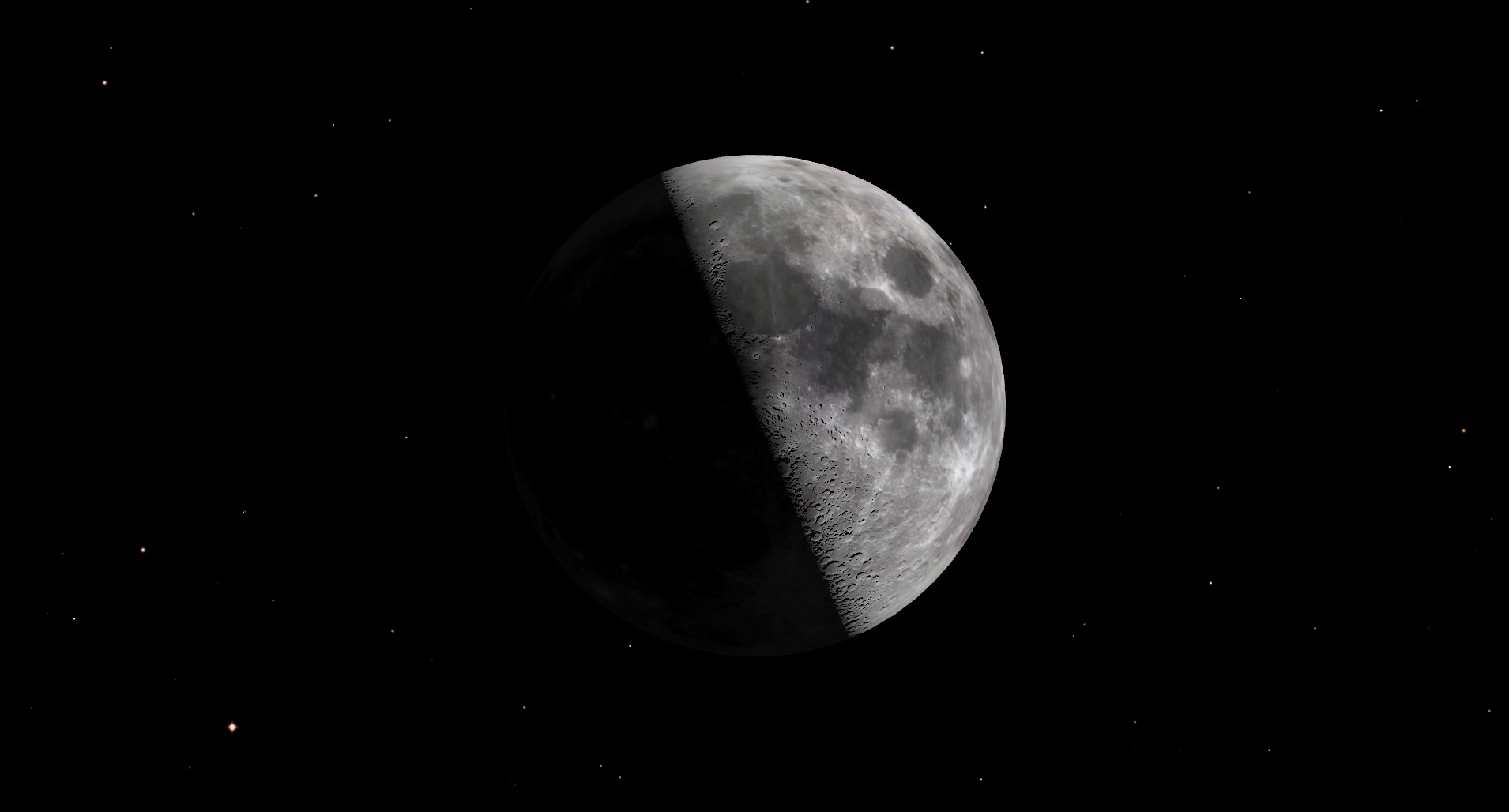
See the last half moon of 2023 swim with the fish of Pisces tonight
By Brett Tingley published
The moon reaches its first quarter moon phase on Dec. 19, crossing the sky in the Pisces constellation as the last half-moon of 2023.
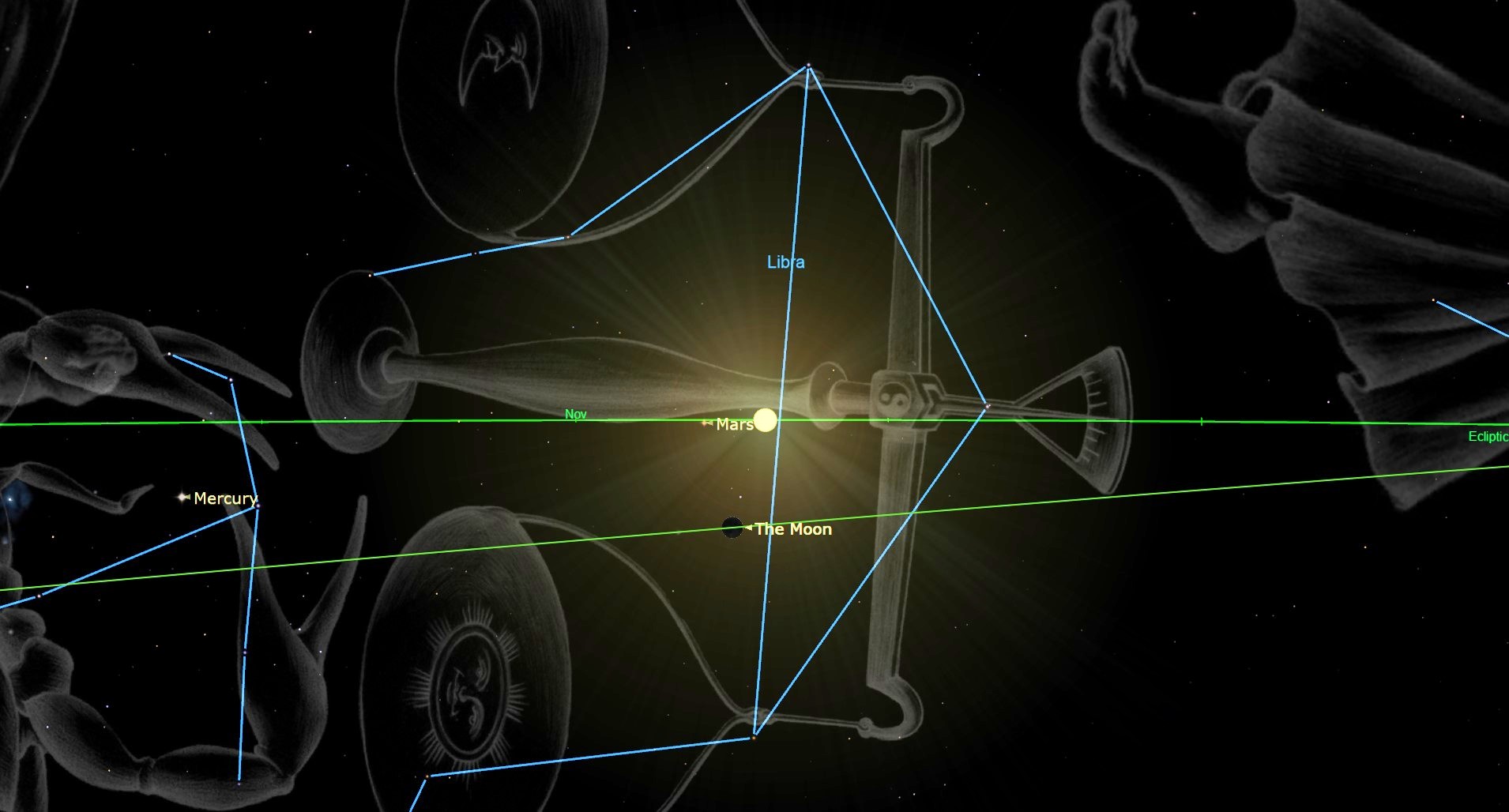
November's new moon lets the winter constellations shine bright tonight
By Jesse Emspak published
November is when the winter constellations of the Northern Hemisphere become more prominent; it's the time of year when Orion, Taurus and Gemini are visible almost all night long.
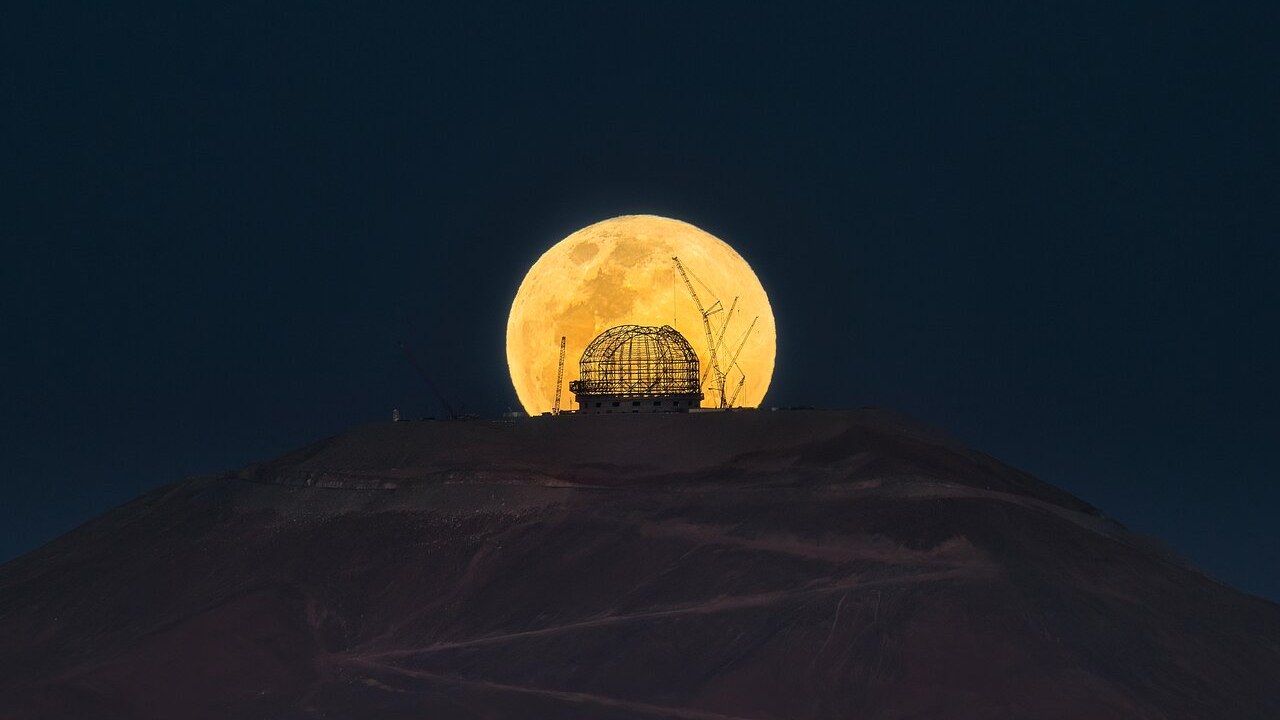
See the world's largest telescope dwarfed by the Full Hunter's Moon (photo)
By Samantha Mathewson published
The steel skeleton of the world's largest visible- and infrared-light telescope is illuminated by the rising full moon in a gorgeous new photo from the European Southern Observatory.
Get the Space.com Newsletter
Breaking space news, the latest updates on rocket launches, skywatching events and more!
